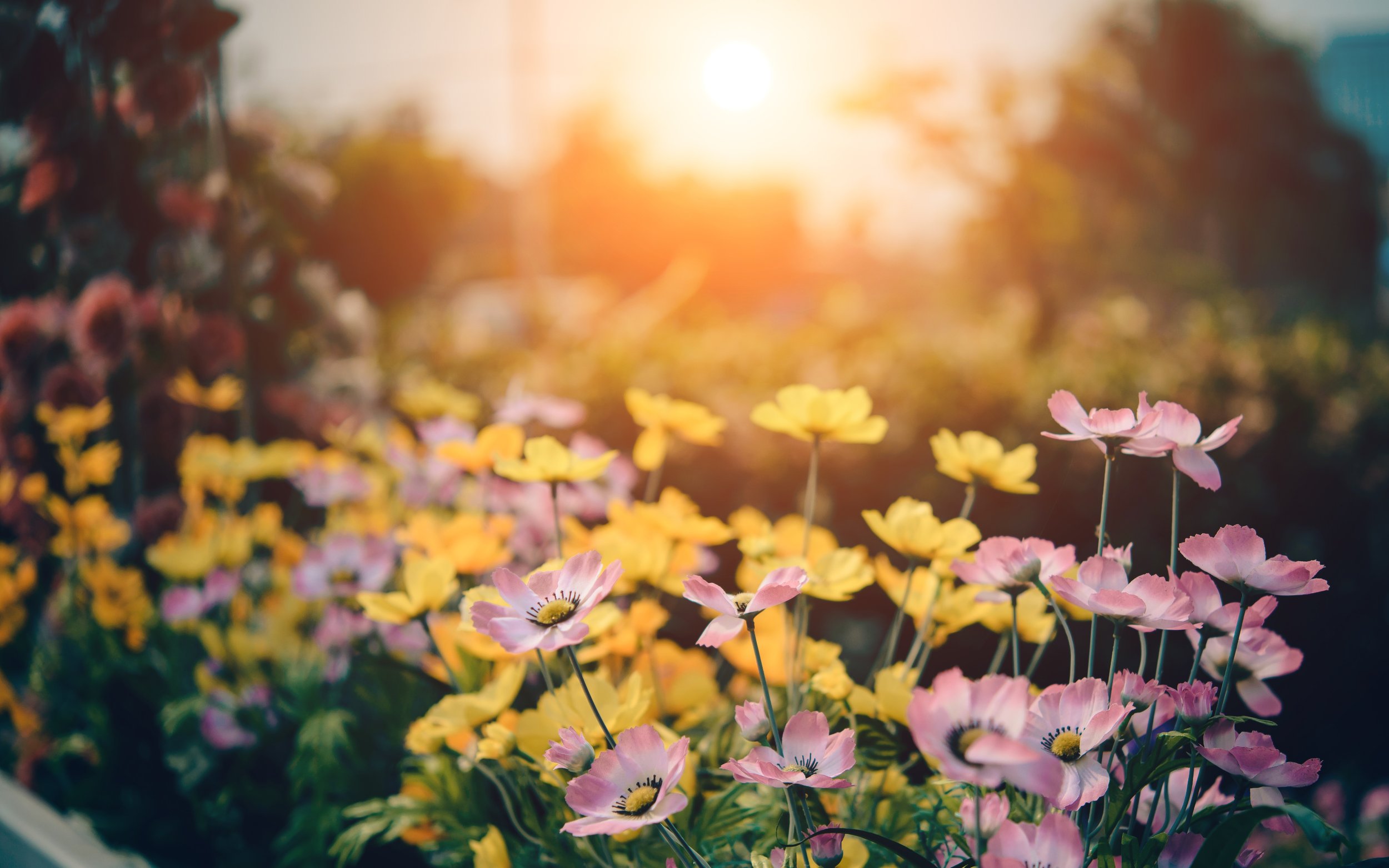Gardening During a Heat Wave
Image via pxHere - CC0 Public Domain
Gardening is a rewarding activity, but during a heat wave, it can present unique challenges. High temperatures and intense sunlight can stress plants, leading to wilting, sunburn, and even death if not managed properly. Here are some essential tips to help your garden survive and thrive during a heat wave.
1. Watering Wisely
Early Morning or Late Evening: Water your plants early in the morning or late in the evening when temperatures are cooler. This allows water to penetrate the soil and reach the roots before it evaporates.
Deep and Infrequent: Water deeply and less frequently to encourage roots to grow deeper into the soil. Shallow watering leads to shallow roots, making plants more susceptible to heat stress.
Drip Irrigation and Soaker Hoses: These methods deliver water directly to the base of plants, reducing water loss through evaporation and ensuring that roots receive adequate moisture.
2. Mulching
Organic Mulch: Apply a layer of organic mulch, such as straw, wood chips, or compost, around your plants. Mulch helps retain soil moisture, regulate soil temperature, and suppress weeds.
Mulch Thickness: A layer of 2-4 inches is generally effective. Make sure to keep mulch a few inches away from plant stems to prevent rot.
3. Shade Protection
Temporary Shade Structures: Use shade cloth, old sheets, or even garden umbrellas to provide temporary shade during the hottest part of the day. Shade cloth with 30-50% coverage is ideal for most vegetables and flowers.
Row Covers: Lightweight row covers can protect delicate plants from excessive sun and heat while still allowing air circulation.
4. Soil Management
Healthy Soil: Ensure your soil is well-draining and rich in organic matter. Healthy soil retains moisture better and provides essential nutrients to plants.
Compost: Regularly add compost to your soil to improve its structure and water-holding capacity.
5. Plant Selection and Care
Heat-Tolerant Plants: Choose plants that are known for their heat tolerance. Many native plants are adapted to local climate conditions and can better withstand heat waves.
Proper Spacing: Avoid overcrowding plants, as good air circulation can reduce heat stress and prevent disease.
Pruning: Remove any dead or damaged leaves and stems to help improve air circulation and reduce stress on the plant.
6. Monitoring and Adjusting
Regular Checks: Keep an eye on your plants daily for signs of stress, such as wilting, yellowing, or leaf scorch. Adjust your care routine as needed.
Adjust Fertilization: Avoid heavy fertilization during a heat wave, as high nitrogen levels can increase plant stress. Opt for slow-release fertilizers or compost instead.
7. Caring for Yourself
Stay Hydrated: Just like your plants, you need plenty of water during a heat wave. Drink water regularly and take breaks in the shade.
Protective Gear: Wear a hat, sunscreen, and light, breathable clothing to protect yourself from the sun.
Gardening during a heat wave requires a bit of extra effort and attention, but with the right strategies, you can help your plants survive and even thrive in extreme conditions. By watering wisely, using mulch, providing shade, managing your soil, selecting heat-tolerant plants, and monitoring regularly, you'll keep your garden healthy and productive throughout the hottest days of the year. Remember to take care of yourself too, and enjoy the rewards of your resilient garden.

